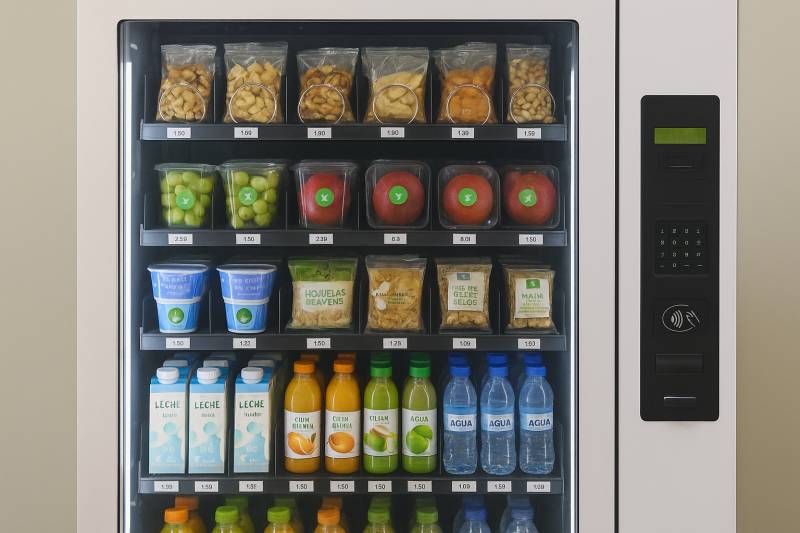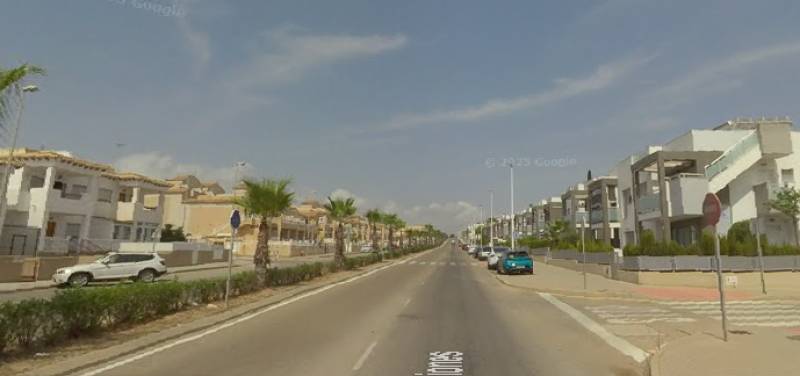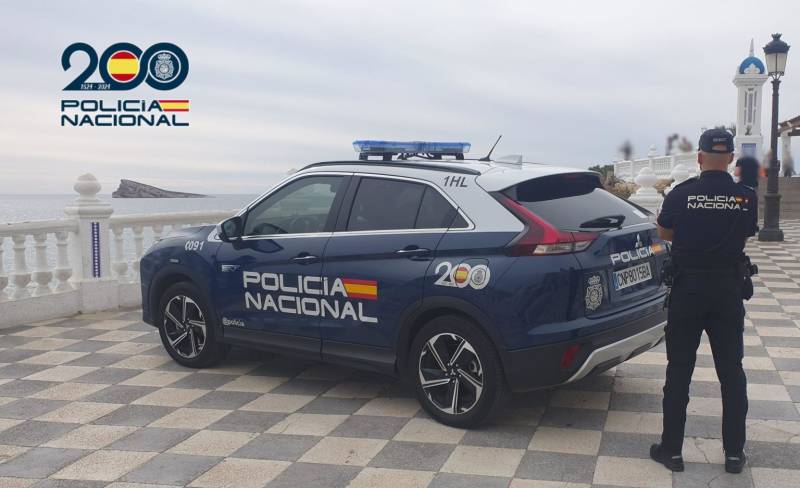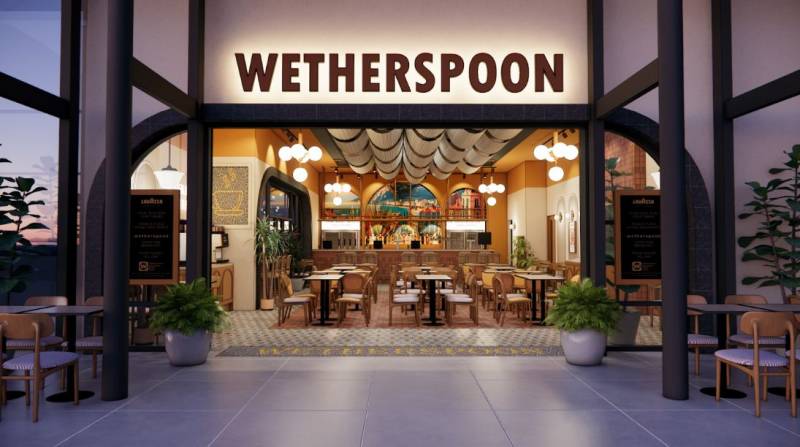

Guidelines for submitting articles to Mazarron Murcia
Hello, and thank you for choosing Mazarron Murcia to publicise your organisation’s info or event.
Mazarron Murcia is a website set up by Murcia Today specifically for residents of the urbanisation in Southwest Murcia, providing news and information on what’s happening in the local area, which is the largest English-speaking expat area in the Region of Murcia.
When submitting text to be included on Mazarron Murcia, please abide by the following guidelines so we can upload your article as swiftly as possible:
Send an email to editor@spaintodayonline.com or contact@murciatoday.com
Attach the information in a Word Document or Google Doc
Include all relevant points, including:
Who is the organisation running the event?
Where is it happening?
When?
How much does it cost?
Is it necessary to book beforehand, or can people just show up on the day?
…but try not to exceed 300 words
Also attach a photo to illustrate your article, no more than 100kb

Concatedral de San Nicolás in Alicante City
Situated in the barrio de Santa Cruz, Alicante’s cathedral is home to the largest organ in Valencia
The Concatedral de San Nicolás is situated in the barrio de Santa Cruz (barrio being district) in Plaza de Abad Penalva, in the heart of Alicante city. It is a Roman Catholic co-cathedral (A co-cathedral is a cathedral church which shares the function of being a bishop's seat, or cathedra, with another cathedral, often in another city, usually a former see and/or the civil capital) and was originally part of the Diocese of Orihuela-Alicant, the Roman Catholic ecclesiastical territory located in Orihuela and Alicante in the Ecclesiastical province of Valencia.
The co-cathedral was named in honour of Saint Nicholas, also known as Nikolaos of Myra, and 'Nikolaos the Wonderworker', who was a 4th century Christian saint and was Greek Bishop of Myra in Turkey. The modern model of Santa Claus (Saint Nicholas) is based on his legendary habit of secret gift-giving, and he is also the patron saint of sailors, merchants, archers, repentant thieves, children, brewers, pawnbrokers and students.
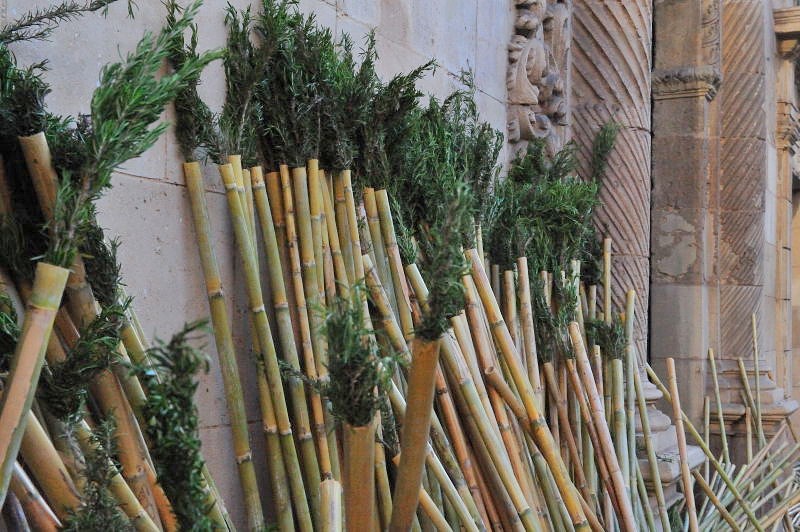
As St Nicholas is the patron of the city of Alicante, every year on the 6th December there is a solemn mass celebrated in his honour at the concatedral de San Nicolas, usually starting at 11:00 followed by a procession through the streets of the city with someone dressed as Saint Nicolas who traditionally rides a horse and passes through the main city’s Christmas market.
The Concatedral de San Nicolás was first designed as a church between 1610 and 1615 by Agustín Bernardino, a student of Juan de Herrera, who was one of the most famous Spanish architects of the 16th century. It was constructed between 1613 and 1662 over the remains of an ancient mosque, and later given the title of cathedral by Pope John XXIII on the 9th March 1959. The cathedral cloister is the only area of the Cathedral in which traces of the former mosque can still be seen, and is built in a Valencian gothic style.
The cathedral has a Latin cross plan, with a crucifix displaying an elongated descending arm with short transepts, and from the nave 6 different side chapels connect to the middle of the cathedral. Surrounding the apse is a large ambulatory, and above the crossing is a huge blue domed roof lined with Roman panels, its oculus rising 45 meters high, built by the Alicante architect Miguel de Real.
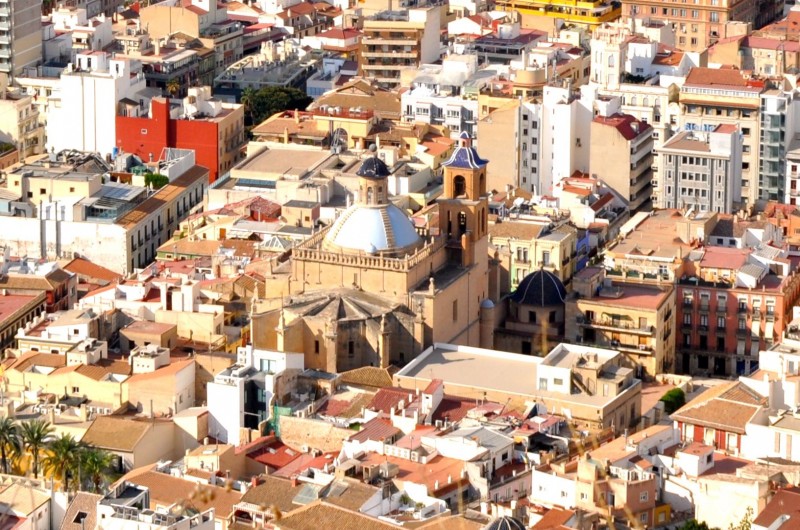
In the 18th Century the Holy Communion chapel was added onto the cathedral, which has a small Greek cross-planned temple that stands out as very elaborately decorated compared to the rest of the cathedral and considered to be one of the most beautiful examples of Spanish Baroque architecture. In the same style is the chapel of San Nicolás, built in 1676 by Juan de Villanueva, with an image of the Saint located in the centre of the apse.
The cathedral is also home to the reliquaries of the 15th century Alicante saint, Santa Felicitas and beside her are the co-patrons San Roque and San Fransisco Javier. Alongside these are the altarpieces of the souls of Nicolás Borrás and Nicolás de Bussi with steps made from Italian marble constructed in 1688 with an organ high up above, which is the largest and oldest organ in Valencia and one of the oldest in Spain, built in the 16th Century. There were actually plans to renovate the old organ in 2006, but the restoration has been delayed for many years with no fixed end date to the project.
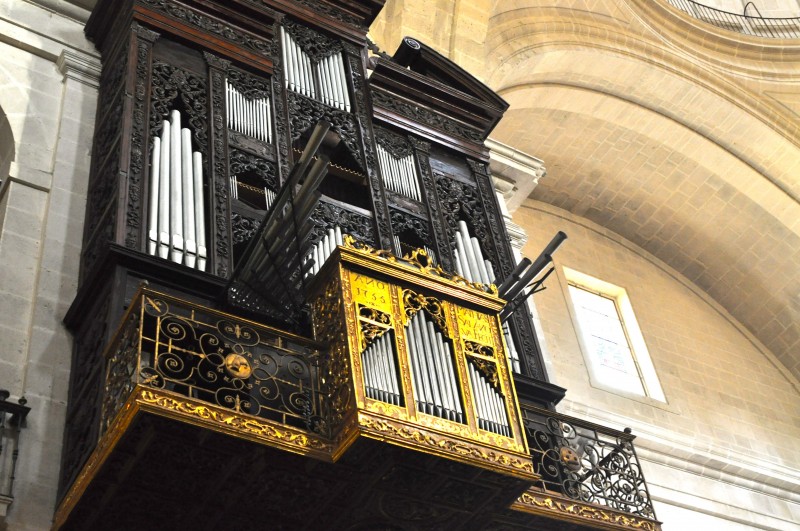
Whilst the internal appearance of the cathedral is quite impressive, intricately detailed and ornate, the exterior is very simple, with the eastern side of the cathedral being designed by Doric Order, which can be recognised by the very simple circular capitals at the top of the cathedral columns, whilst the south side of the cathedral is of Ionic order, with smaller and narrower columns.
The concatedral de San Nicolás is actively involved in the religious events that take place in Alicante city, including La Solemnidad del Corpus Christi celebrated in June, the Santa Faz pilgrimage walk on Maundy Thursday in April, the fiestas in honour of the Señora del Remedio in August and the Semana Santa processions at Easter time.
Concatedral de San Nicolás opening times:
Weekdays between 07:30 and 13:00, 18:00 and 20:30
Saturdays between 08:30 and 13:00, and 17:30 and 21:00
Sundays and public holidays between 08:30 and 13:30, and 18:00 and 21:00
Mass times:
Weekdays
Santa Misa Mass between 08:00 and 10:00
Conventual Mass at 11:00 and 20:00
Santo Rosario Mass at 19:30
Confessions between 10:00 and 11:30 and 19:30 and 20:30
Saturdays
Santa Misa Mass at 10:00
Conventual Mass at 11:00, 18:00 and 20:00
Confessions from 10:00 to 11:30 and 18:00 to 20:30
Sundays and public holidays
Santa Misa Mass at 09:00, 10:00 and 11:00
Conventional mass from 12:00 to 13:00 and 19:00 to 20:00
Visitors are advised to take note of the mass times, as tourist visits and photography are not permitted during mass and prayer times.








